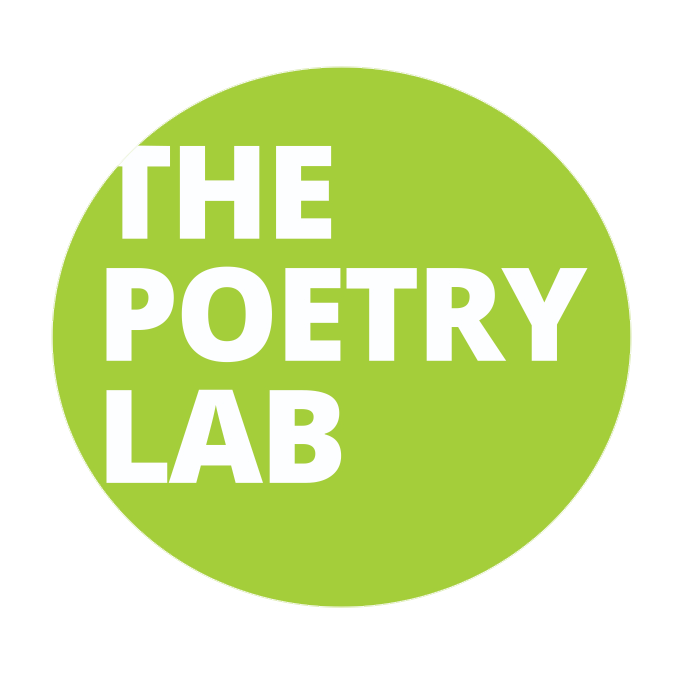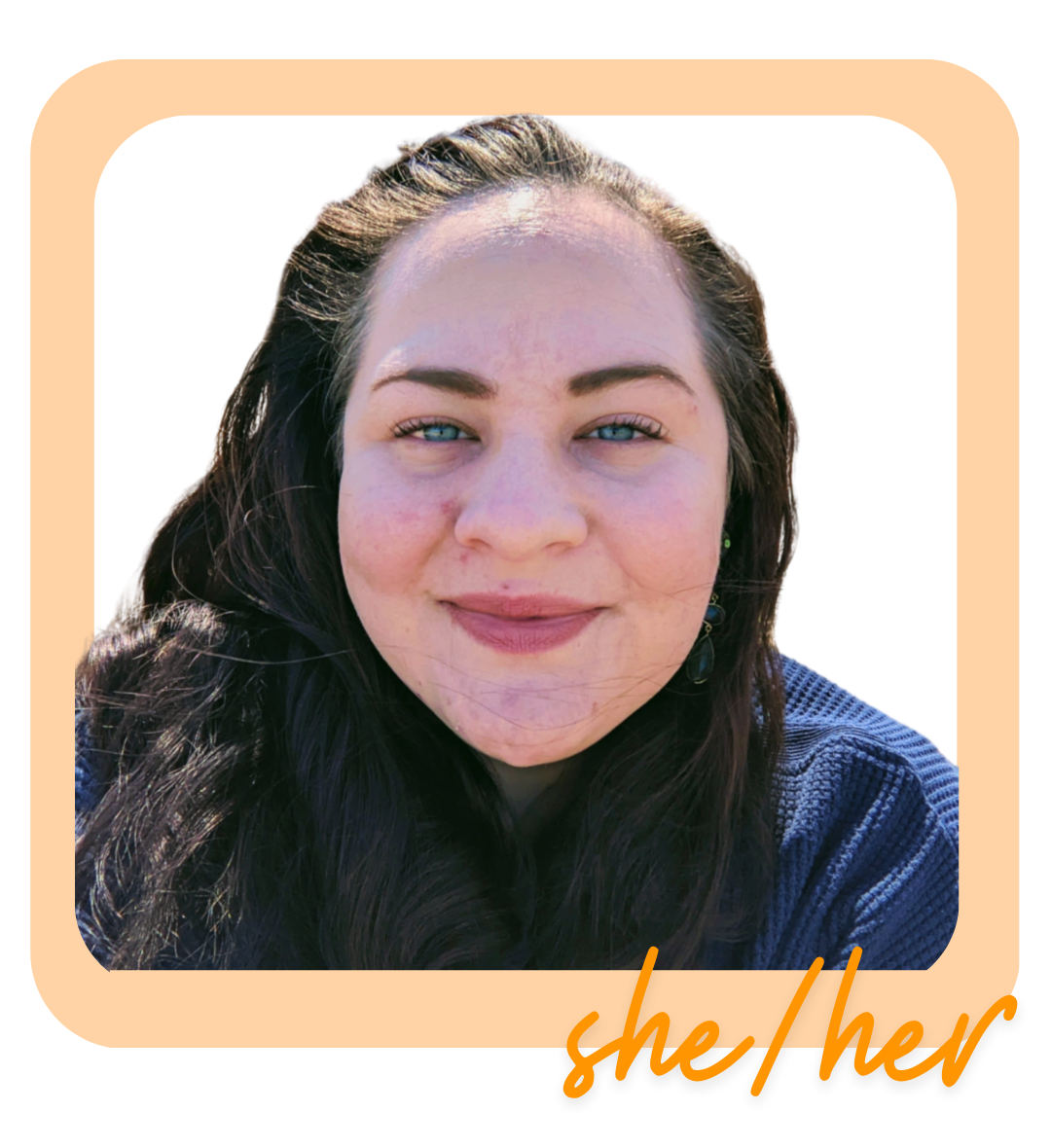
10 Stunning Self-Portrait Poems
CRAFT LAB
GINGER AYLA-
Skip to:
📌 Mary Oliver
📌 Safia Elhillo
📌 Diane Seuss
GO BACK TO THE RESOURCE CENTER >
Like most artists, poets occasionally turn their artistic eye inward—or at the mirror—to capture the essence of their “self” in a moment in time.
Of course, the self is elusive. As soon as we catch a glance, it skitters and falls into something just out of view, forever in our peripheral. Maybe that’s why self-portrait poems are often a specific take on a self-portrait: a picture of the self as someone (or something) else, or a portrait of the self in a particular place, time, or, state.
Here are ten of our favorite stunning self-portrait poems here at the Poetry Lab.
1. Self-Portrait by Afaa Michael Weaver
Afaa Michael Weaver’s self-portrait poem is grounded in the physical world and body of the speaker. The poem begins with the speaker seeing himself in “the shadows of a leaf.”
In the final stanza, the speaker has shifted from “seeing” himself in the first line to “gathering” himself in the last stanza, hinting at the process of “gathering” the self together to create an artistic portrayal.
2. Self-Portrait in the Bathroom Mirror by Mary Jo Bang
“Self-Portrait in the Bathroom Mirror” gives us a familiar setting to ground us, but quickly becomes metaphysical. We’re told the speaker is looking at themselves in a mirror but we’re not given physical details, and the speaker doesn’t seem preoccupied with physical appearance either.
Instead, the speaker frames herself as a machine—and then goes on to further abstract the imagery, describing herself as “this”, “that”, a furnace, a maze, and an engine room…
The poem ends with the stunning final line “Now there will only ever be multiples of me.”
3. Self-Portrait by Mary Oliver
“Self-Portrait” by Mary Oliver hinges its depiction of the speaker on the concept of aging, as she states first that she wishes she “was twenty and in love with life” before quickly changing tones, telling herself “Onward, old legs!”.
The poem sometimes feels like a conversation between the speaker and the fact of her aging. Instead of lamenting being seventy years old, the poem feels like it’s celebrating age and the passage of time with playful imagery.
4. Self-Portrait as So Much Potential by Chen Chen
Perhaps more than any other poem in our list, “Self-Portrait as So Much Potential” speaks to the elusiveness of one’s “self”. In the poem, the speaker depicts himself through abstractions in an observational style (“I’m no mango or tomato. I’m a rusty yawn in a rumored year”) and in longing–both on the part of the speaker (“Dreaming of one day being as fearless as a mango”) and on the part of the mother (“I am not the heterosexual neat freak my mother raised me to be”).
Because the portrait is set up as the speaker viewed through the lens of their “potential”, it’s written in a sort of negative space: he envisions himself as a “gay sipper”, but there’s more about what he’s not.
5. Self-Portrait with Profanity by Safia Elhillo
In “Self-Portrait with Profanity”, language is the primary lens for Safia Elhillo’s self-portrait. The speaker depicts gaps in her language shown by blank spaces between brackets in the second line: “though i know none for my [ ].” She defines “her language” as an “overeager mosaic”. The words we use are just like ourselves: formed largely by external influences. In the piece, the speaker uses verbiage of physically collecting and valuing words, such as “i hoard i steal i borrow”; “i guard”; and “i deploy”. Through the narrative, we are given a picture of the speaker as formed by her words and how she’s using them.
Check it out 👇
Safia Elhillo also has multiple self-portrait poems in her debut collection The January Children and elsewhere, including “self-portrait with the question of race”, “self-portrait with no flag” and “Self-Portrait without Stitches”.

6. Self-Portrait as Artemis by Tarfia Faizullah
Tarfia Faizullah’s “Self-Portrait as Artemis” is both a self-portrait and a persona poem, e.g. written from the perspective of someone else.
Faizullah uses Artemis—the goddess wild animals, the hunt, vegetation, chastity, and childbirth—as her persona. In having the self-portrait captured through the lens of Artemis, the implication is that each image applies to both the writer and Artemis, creating a double-reading of the piece.
7. Self-Portrait by Eloisa Amezcua
In “Self-Portrait” by Eloisa Amezcua, the speaker depicts herself as a thing that can’t see its own reflection: a “mirror” that can see everything but itself.
There’s a determination in the language and the speaker’s insistence on not being seen by herself—the poem opens with “I’m dangerous” and the speaker declares she “can’t lose” in the third stanza.
At the same time, the label of the poem as a self-portrait suggests that she is capturing an image of herself through the act of writing. In a meta sort of way, as much as the speaker might try to remove herself, composing a poem is always a reflection of the writer and a kind of portraiture–even if they can’t see the finished product how a reader might.
8. Self-Portrait as Unsent Lines, Unsent Letter by Rebecca Hazelton
While “Self-Portrait as Unsent Lines, Unsent Letter” uses “as” in the title suggesting a persona poem, the unsent letter speaks more to the form than acts as a speaker. The voice of the poem is uncertain, filled with starts & stops and non sequitur:
“When I last spoke. When I last saw you. When I last spoke
to you I saw you for the first time in the shape
of the last time.”
It feels almost like a list poem made from the deleted scraps of a letter, reassembled together. There’s a longing for the subject—the “you” the speaker mentions—but the fact that we know the content should be considered “unsent” tells us more about the writer.
9. Self-Portrait with Sylvia Plath’s Braid by Diane Seuss
This poem by Diane Seuss is a portrait in a dream: the speaker doesn’t actually hold Sylvia Plath’s braid but refers to how she “dreamt” of visiting it. She uses this imagery to explore Plath’s psyche and “beauty”:
“And like all of us, didn’t she wield her beauty / like a weapon?“
In the final stanzas, we see the speaker envisioning Plath taking up her beauty as a “word weapon” to use in her poetry. When the speaker affixes the braid to herself in the final speaker, we can see a parallel determination to transform physical “beauty” into poetry.
10. A Benign Self-Portrait by N. Scott Momaday
In A Benign Self-Portrait, we start with grounded imagery of the speaker looking at themselves in the mirror, similar to Mary Jo Bang’s poem (#2). The second stanza opens up to more outward observation and the poem takes on a meditative energy—the speaker seems to be focused on noticing: the birds, the leaves, and aspects of his own life.
The poem goes on to beautifully integrate past (“I see the mountains as I saw them / When my heart was young”, “my parents speaking / Quietly in a warm familiar room”) and present (“My little daughter, her eyes brimming / With love, beholds the ember of my soul.”) into a moment of collective observation on the page. The title suggests these thoughts might be “benign”, but they allow the speaker to give a fuller picture of himself.
This article was published on September 20, 2022. Written by:





